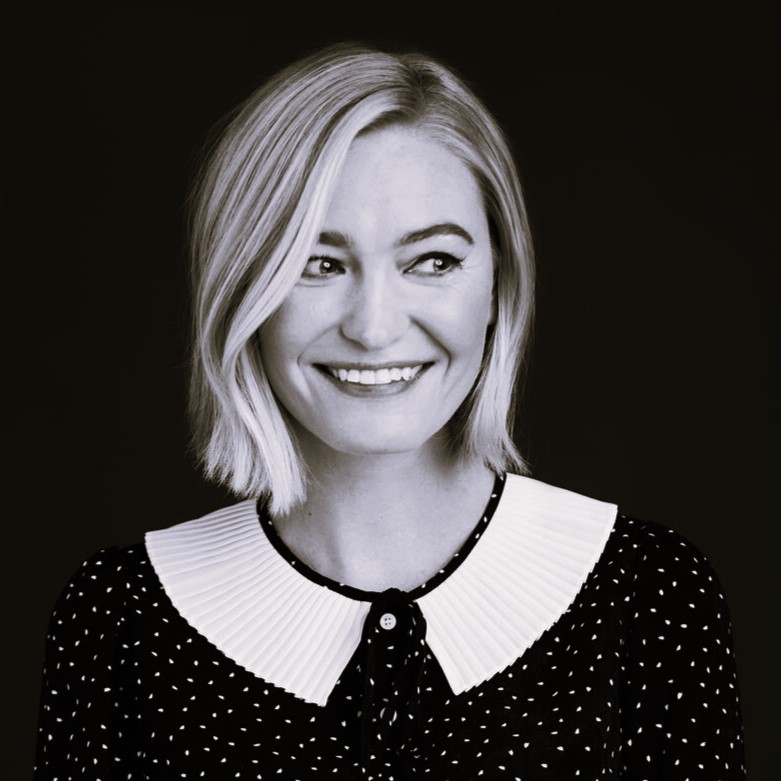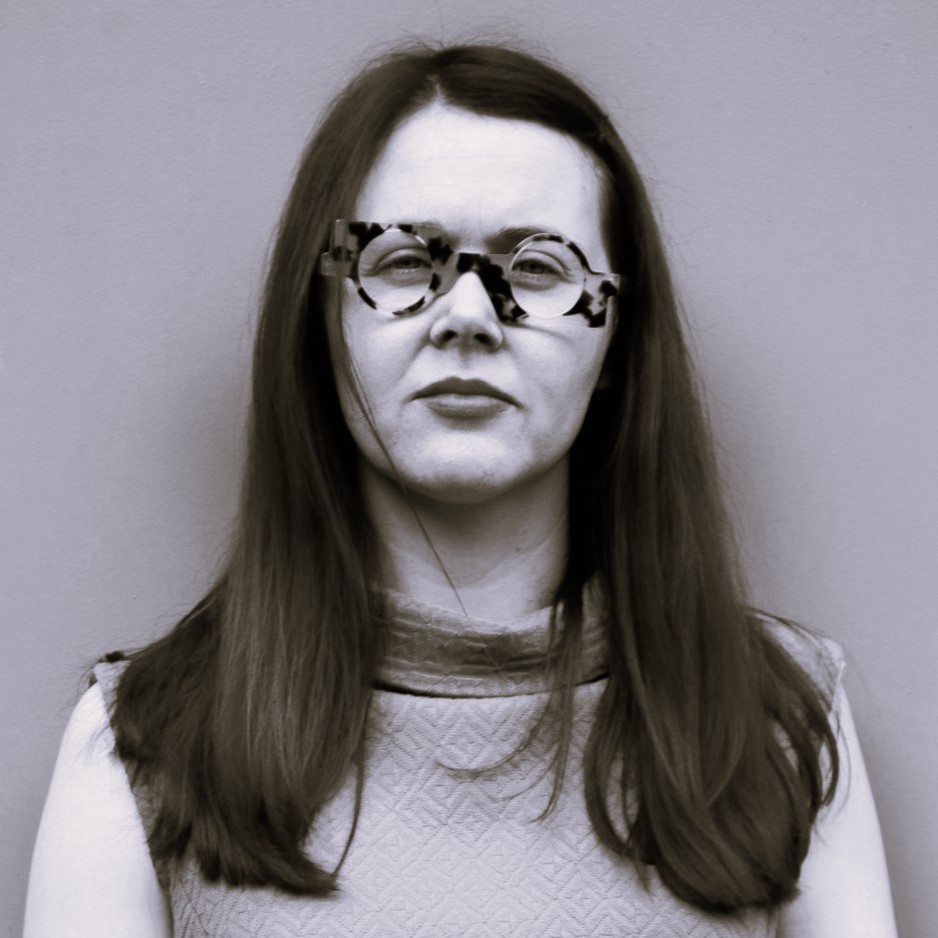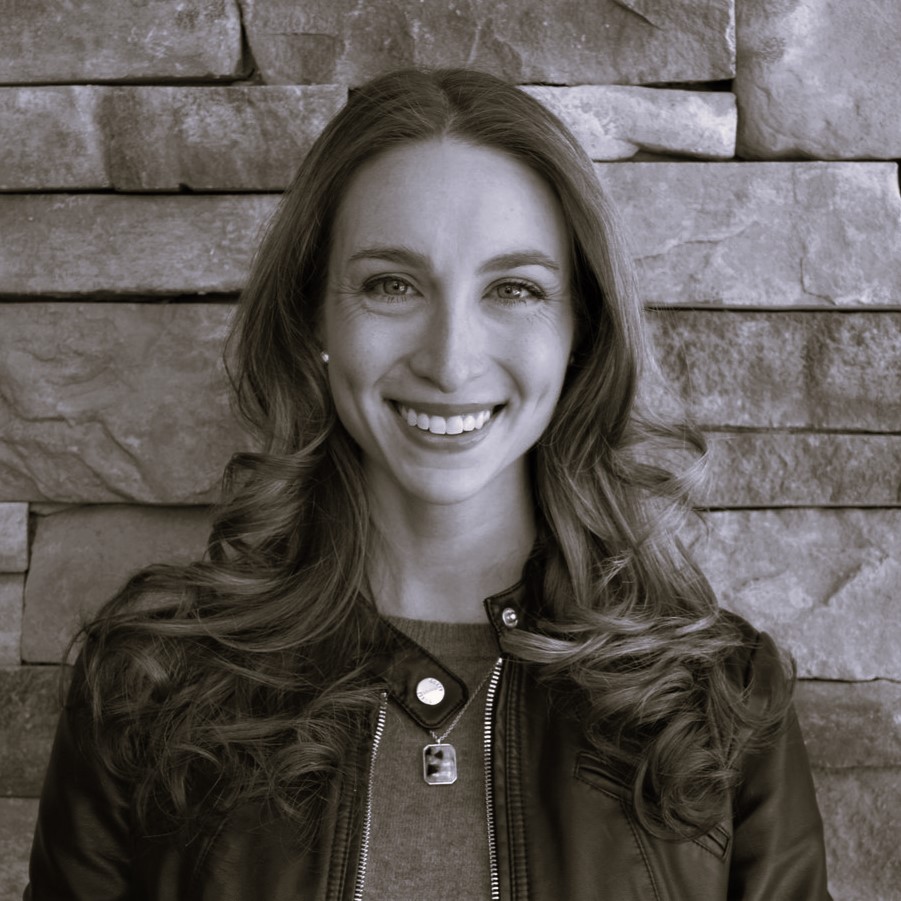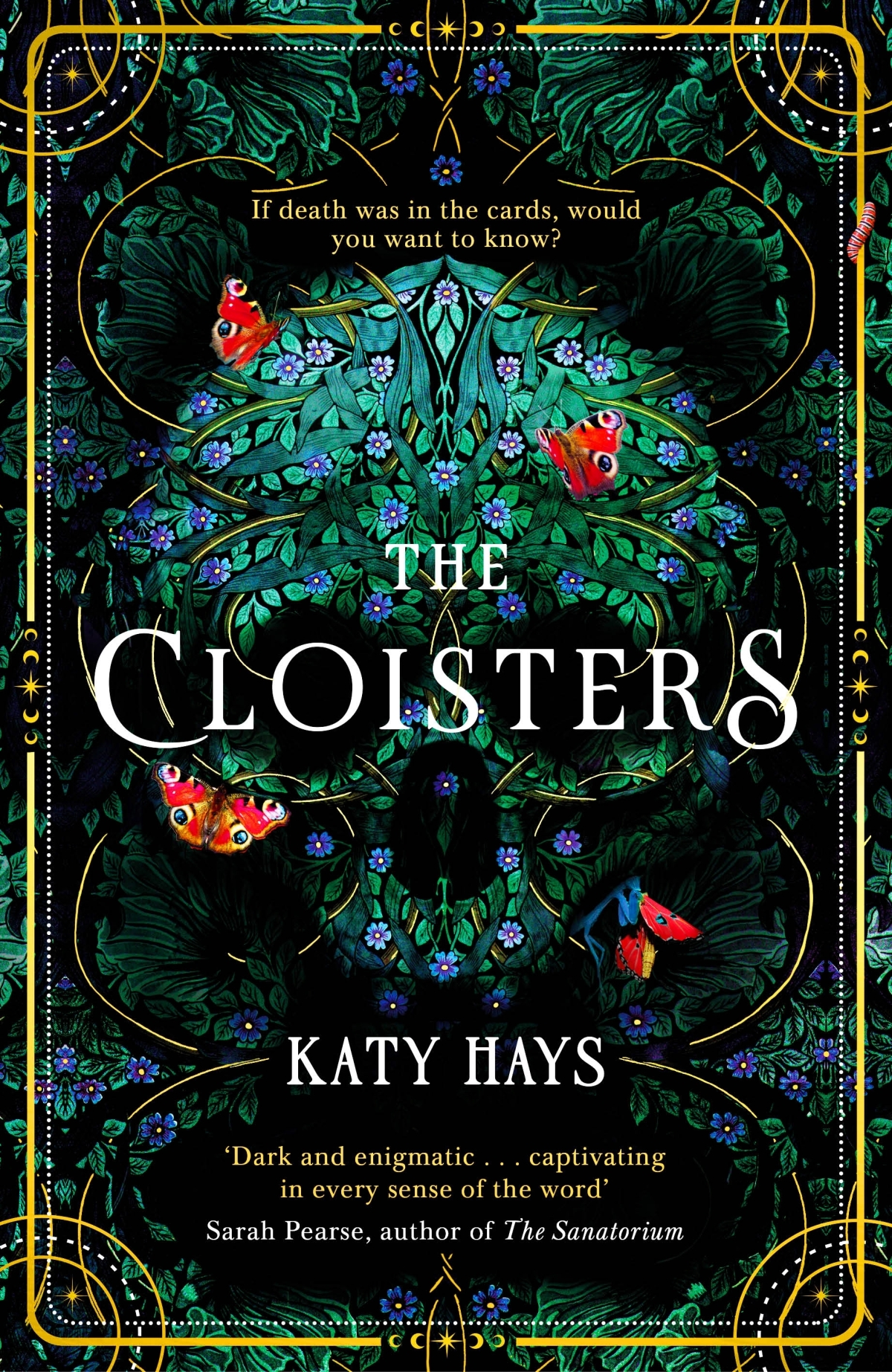
This year has seen the most spectacular debut adult fiction yet! In this diverse collection of first works of literature, the authors share the unique inspiration behind their novels. From Katy Hays, who contemplates fate and discovery at the Met Cloisters, and Fran Littlewood exploring the challenges of midlife to Costanza Casati's portrayal of a powerful and beloved Clytemnestra and Brook Robinson's examination of the complexities of translating for the criminal justice system. Each author invites readers into the worlds they've created, offering a glimpse into the intricate tapestry of storytelling.
The Cloisters
by Katy Hays
 KATY SAYS:
KATY SAYS:
“A friend recently said to me, ‘it’s better to be lucky than good.’ And while I do believe that we are – for the most part – authors of our own fate, I think it would be unwise to understate the importance of fate or luck or fortune or whatever you might want to call it. Of course, we have free-will; we make choices every day. Choice is the backbone of our life. But do I think it’s possible that some things are meant to find us? Absolutely.
My novel, The Cloisters, revolves around the discovery of a mysterious deck of tarot cards that lay bare shocking secrets within a close-knit circle of researchers at New York's famed Met Cloisters museum. Unsurprisingly, the setting and the story came together at the same time; they are inextricable in my opinion. I always knew that the novel would have a 15th-century deck of tarot cards at its centre and The Cloisters has always had medieval cards – both tarot and playing cards – in their collection. The gothic atmosphere and gorgeous gardens made the museum an immediate, natural match for the story I wanted to tell.”
Amazing Grace Adams
by Fran Littlewood
 FRAN SAYS:
FRAN SAYS:
“At a time when there’s a pervasive cult of youth – where a narrow definition of beauty in women is prized above all else, and we’re supposed to adhere to an impossible standard – reaching this midpoint is no easy ride. Ambushed by age and the perimenopause, Grace’s body and mind are betraying her – her face is collapsing, her lips seemingly disappearing overnight – and she’s pretty bewildered by it. It’s a huge and time-sapping preoccupation for lots of women in midlife, because the visible signs of ageing in women are seen as culturally, societally unacceptable. It’s another massive double standard, of course – men with ‘salt and pepper’ hair are ‘silver foxes’ after all, and so on … In terms of menopause, it’s something people haven’t been talking about until very recently. As Michelle Obama has said, it’s something that fifty per cent of us will go through, and we’re acting as if it’s not happening.”
Clytemnestra
by Costanza Casati
 COSTANZA SAYS:
COSTANZA SAYS:
“One of the things I loved the most about writing Clytemnestra was bringing to life a female character who is ambitious and loyal, powerful and beloved. I fell in love with this character 10 years ago and wanted others to fall in love with her too. Clytemnestra has been portrayed as an adulteress, a jealous, power-hungry ruler and murderess for centuries, so I really enjoyed playing with these stereotypes and peeling them away to show the woman under them.
One of the hardest parts (which was also incredibly fascinating) was writing the more well-known characters from the myth in a way that felt both fresh and true to the sources. Helen and Odysseus, for instance, are incredibly famous, but I felt like I needed to write them in a way that felt familiar but also unexpected. The same challenge obviously came with the plot. For the people who know the myth, they already know how Clytemnestra’s story plays out, so how do you make it interesting and surprising? I tried to bring to light elements and details that were already hidden in the sources and play with them a little bit. Finally, one of the things I loved the most while writing was exploring Clytemnestra’s family dynamics.”
Go as a River
by Shelley Read
 SHELLEY SAYS:
SHELLEY SAYS:
“Go as a River gets at the heart of what is most valuable to me and what I think the world needs now: a strong connection to nature, a belief in love, and a deep faith in personal resilience.
This book began for me when I was out camping alone, as I am known to do, when I witnessed the exact scene that appears on page 126 of the book: the doe and two fawns creeping into the dusky meadow. I was so moved, I immediately got out my notebook and wrote about it. The next day, I climbed a mountain (which is when I do my best thinking) and the character of Victoria started to grow in my mind.
After, I was not in a time in my life where I was clearing much space for writing—while teaching full-time and raising two kids and what not—but as I got to know Victoria and the other characters, and the story started to evolve in my imagination, I kept jotting down notes here and there, not really knowing what would come of it. Add to this that I frequently drive past or take a swim in Blue Mesa Reservoir and have, for many, many years, wondered about the town of Iola drowned in its depths. So, the narrative eventually came together.”
READ A COLUMN BY SHELLEY READ >>
The Cassandra Complex
by Holly Smale
 HOLLY SAYS:
HOLLY SAYS:
“I came up with the concept for the book about six years ago, immediately after a pretty distressing breakup. We had only been together four months, but the end had come from nowhere and it was confusing: I found myself obsessively trying to work out what had gone wrong (or, perhaps more specifically, what I had done wrong). I had repeating fantasies, on loop, where I would go back through our entire relationship in minute detail and try to figure out where it had broken, and what would happen if I could go back and fix it; how it would play out differently, and whether we’d have stayed together. I spent hours, days, weeks doing that. It occurred to me at some point in this intense mind-spiral that it might be the idea for a novel, but I also knew it wasn’t quite ready. There were big elements missing. So I popped it to the back of my head and let it stew until I was ready to write it.
Cassandra is me, although I appreciate how boring that is as an answer. I’ve used myself for characters before, but I was always tapping into a much younger version of myself. That meant there was a distance – a massive gap – which felt like protection and objectivity. With Cassie, that distance was removed. I had just been diagnosed as autistic, and I knew I wanted to write an autistic adult character. I also knew that to do that with integrity, I had to be as honest as possible. So I put myself on the page, and it was probably the hardest thing I’ve ever done as a writer (my sister describes her as ‘almost painfully accurate’).”
READ A Q&A WITH HOLLY SMALE >>
The Interpreter
by Brooke Robinson
 BROOKE SAYS:
BROOKE SAYS:
“In 2015 I read a riveting article in The Guardian’s ‘Experience’ column by a woman who worked as an interpreter and translator in the criminal justice system. I’d never given any thought to this profession before, and two things struck me as particularly intriguing. The first being that interpreters translate in the first person, ‘I’, and for the interpreter of the article, this has meant speaking for, and as a murderer and a terrorist suspect. For the rest of that day, I couldn’t stop thinking about what it would feel like to spend your working life speaking as, effectively being someone else, even when that person’s actions went against your sense of right and wrong. I had worked as a playwright, so I know how psychologically difficult it can be for actors to come to the theatre every night and inhabit challenging characters. What, then, must it be like for the interpreter when their lines, their dialogue, isn’t a fictional story but real life? The second thing I learnt from this newspaper article was that words can have multiple meanings and how a criminal case, an asylum seeker application, a life, could hinge on the translation of a single word.”
The Collected Regrets of Clover
by Mikki Brammer
 MIKKI SAYS:
MIKKI SAYS:
“When I first read about the concept of a death doula, I was fascinated that someone would dedicate their entire life to watching people die. It seemed like such a noble thing to do—to commit yourself to never look away from anyone’s pain, no matter how harrowing it was. To know that there are people who exist just to make sure others don’t suffer a lonely death is so deeply moving to me. I wanted to explore what would compel someone to choose that path in life, and what the role required of them both professionally and personally, which is how the character of Clover came about.
As someone who had long had anxieties around the topic of death, I realised that what made it scarier was that nobody really seemed to talk about it in Western society. And books about the topic often felt so depressing, which made me avoid them! So I wanted to find a way to make death more palatable, and to present everything I’d learned about mortality, grief and regret in a way that was fun, optimistic and joyful.”
The Dive
by Sara Ochs
 SARA SAYS:
SARA SAYS:
“I first had the idea for The Dive when I was traveling in Thailand in 2015. Like my characters Brooke and Cass, I made my way down to the Thai islands, and while there, I decided to become scuba certified. I was staying on this incredible island that was more remote and beautiful than anywhere I had ever been before.
A few days in, I heard from one of the expats who lived there that a double murder had happened a year earlier a short distance away from the resort I was staying at. I started looking into the island a bit, and it turns out there was a whole string of mysterious expat and tourist deaths in the area that preceded the double murder. Ever since, I haven’t been able to get that mystery out of my mind.
Traveling in Thailand was one of the most incredible trips of my life, because of the beauty, the culture, and the amazing people I got to meet. Setting The Dive on the fictional island of Koh Sang – which was very much inspired by the island I visited in 2015 – allowed me to essentially relive that trip.”
YOU MAY ALSO ENJOY
Women's Month | A Literary Salute to Women














